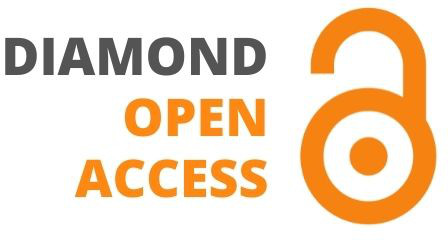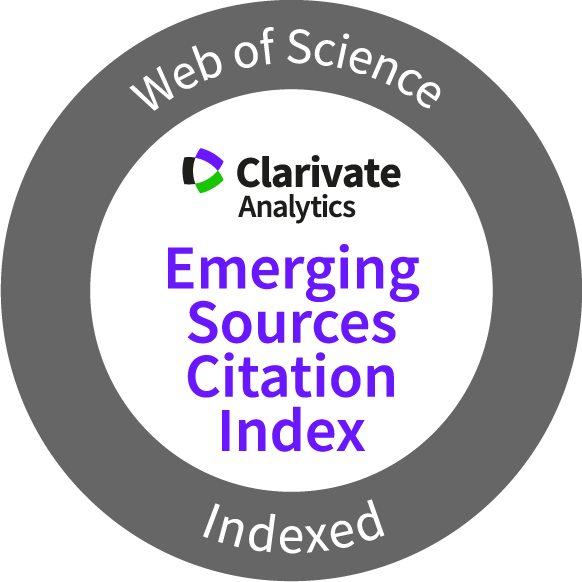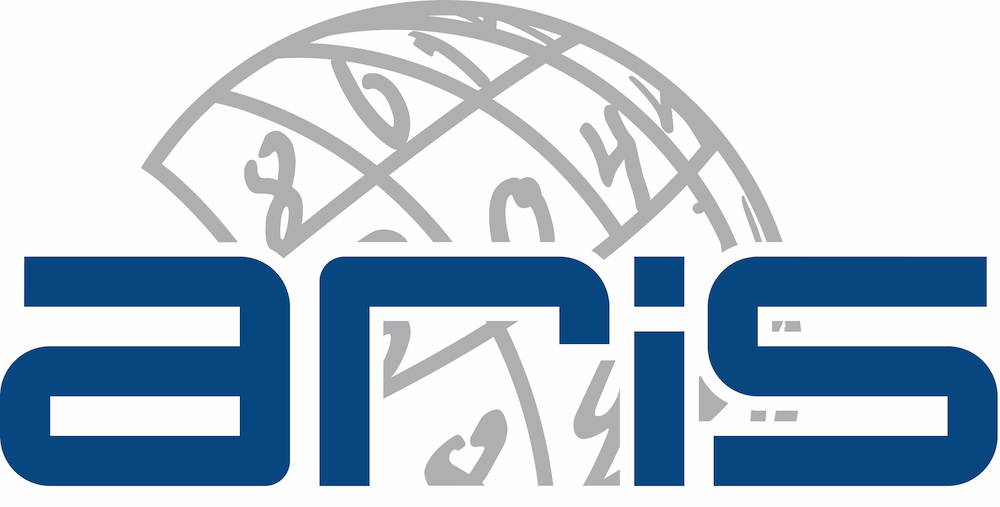Journal of Information Technology in Construction
ITcon Vol. 30, pg. 603-630, http://www.itcon.org/2025/25
System- and Data-integrated linking of digital 3D models of existing bridge structures with Knowledge Graphs of non-destructive diagnostic methods
| DOI: | 10.36680/j.itcon.2025.025 | |
| submitted: | September 2024 | |
| revised: | March 2025 | |
| published: | April 2025 | |
| editor(s): | Turk Ž | |
| authors: | Jan-Iwo Jäkel, M.Sc.
Institute for Construction Management, Digital Engineering and Robotics in Construction, RWTH Aachen University jaekel@icom.rwth-aachen.de Eva Heinlein Institute for Construction Management, Digital Engineering and Robotics in Construction, RWTH Aachen University eva.heinlein@rwth-aachen.de Dr.-Ing. Hendrik Morgenstern Institute for Construction Management, Digital Engineering and Robotics in Construction, RWTH Aachen University morgenstern@icom.rwth-aachen.de Assis.Prof. Hongjo Kim, Ph.D. Smart Infrastructure Laboratory Department of Civil & Environmental Engineering, Yonsei University hongjo@yonsei.ac.kr Katharina Klemt-Albert, Univ.-Prof. Dr.-Ing Institute for Construction Management, Digital Engineering and Robotics in Construction, RWTH Aachen University klemt-albertl@icom.rwth-aachen.de | |
| summary: | For a detailed analysis of damage to bridge structures, it is necessary to apply diagnostic methods. The results of these procedures are often complex results represented in heterogeneous and incompatible data formats. These are sometimes difficult to integrate with 3D Building Information Modelling (BIM) models. This article examines two system- and data-level integration methods for linking heterogeneous building diagnostic data with 3D digital bridge models in Industry Foundation Classes (IFC) format. At the beginning of the article, an ontology for non-destructive diagnostic methods (SODIA ontology) is developed and linked to other bridge ontologies. The first approach consists of transforming the diagnostic data and the data of the IFC model into the data schema of the Resource Description Framework (RDF), linking them together and integrating them into a graphical database (data integration). The second approach investigates system integration using information containers according to the ISO linking of ISO 21597. By validating the two approaches, it can be demonstrated that both methods provide a way to link heterogeneous diagnostic data to a 3D bridge model and achieve interoperability in maintenance management. The results can improve the use of data by bridge asset managers in the operation and maintenance management of bridges. At the same time, they serve as a basis for possible data analyses that lead to predictions about damage progression and changes in condition. | |
| keywords: | Ontology, Knowledge Graphs, BIM, Bridge Structures, 3D-Model, Semantic Web, ICDD, NDE, Non-destructive Testing, Linked Data | |
| full text: | (PDF file, 1.964 MB) | |
| citation: | Jäkel J-I, Heinlein E, Morgenstern E, Kim H, Klemt-Albert K (2025). System- and Data-integrated linking of digital 3D models of existing bridge structures with Knowledge Graphs of non-destructive diagnostic methods, ITcon Vol. 30, pg. 603-630, https://doi.org/10.36680/j.itcon.2025.025 | |
| statistics: |





